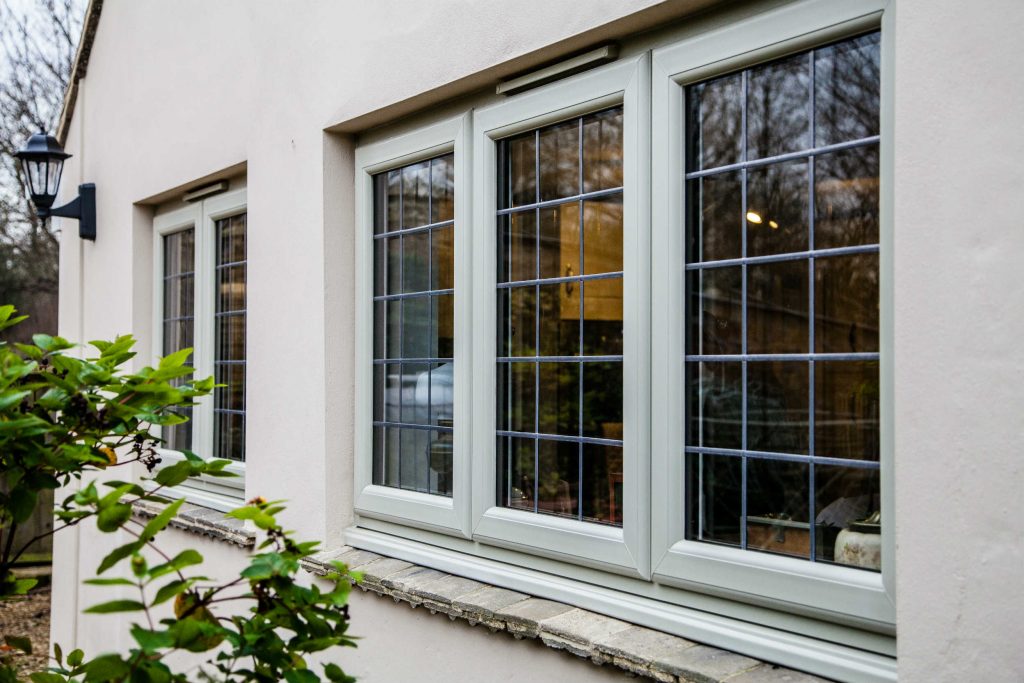All Categories
Featured
Table of Contents
Double-glazing Versus Low-e Glass in Pearsall WA
Laminated glass is often used in locations in the home most vulnerable to injury from human impact such as restrooms, doors, around staircases and in areas close to the floor (it satisfies the requirements of 'shatterproof glass' that is mandated for use in these areas by Australian Standard AS 1288 Glass in structures).
Toughened glass has actually been 'tempered' by being reheated and rapidly cooled once again. This procedure makes it much stronger than basic glass it can resist greater impact loads before breaking. It also makes it more secure since, when it does shatter, it breaks into lots of small cubic pieces instead of hazardous fragments.
Improve Your Home's Energy Efficiency With Double Glazing in Kallaroo WA
Nevertheless, toughened glass has no thermal or acoustic benefits over other glass of the same toning or thickness. Secondary glazing is where single-glazed windows are retrofitted with a transparent acrylic or glass sheet connected to the inside of the frame or openable sash with a secondary frame or with magnetic strips.


Secondary glazing will not perform as well thermally as a made IGU, given that it is difficult to totally seal the border, but it can provide good noise control. Window films are a thin polymer film including an absorbing dye or reflective metal layer, with an adhesive support. They stick to your glazing to change its colour or make it reflective.
Glass & Glazing - Easy Windows Upvc Double & Triple ... in Eden Hill WA
Applied to existing glass, some window films can cut in half the general SHGC of the window by soaking up and/or showing solar radiation. This can be especially useful in hotter environments where cooling is the main concern, or on east and west elevations directly exposed to long periods of sunlight. However, window movies might also lower noticeable light transmittance.

For this factor, it is usually best to utilize an accredited installer of window movie. Frames have a significant effect on the thermal efficiency of doors and windows, because energy can be acquired and lost through the frame, along with through the glass. Various kinds of frame will permit different levels of heat gain and loss, so cautious choice of frame is very important for effective passive design.
Single Vs Double Vs Triple - Which Window Is Right For Your ... in Burswood WA
Aluminium is likewise a very good conductor of heat and will reduce the insulating worth of a glazing system, unless specifically crafted to lower this. A 'thermally broken' frame is comprised of 2 aluminium sections connected by a structural insulator (normally a low-conductivity structural polymer). This 'breaks' the thermal connection through the aluminium and reduces the heat streaming through the frame.
They can be expensive, however costs are decreasing as they end up being more common. Timber frames are a good natural insulator that can fit some home designs. Lumber frames need to be made from types that have naturally high sturdiness or be dealt with to avoid decay and deformation. Check that the wood is sourced from a sustainably managed forest.
Keeping Your House Cool In The Summer in Two Rocks Perth
(weather stripping) is set up.
u, PVC doors and windows have outstanding thermal efficiency Picture: Ben Wrigley (Light Home Architecture and Science) Composite frames use aluminium profiles on the external sections with either a timber or u, PVC inner area. These combine the low upkeep and durability of aluminium with much improved thermal performance.
Latest Posts
Home Window Glazing - Sustainability Victoria in Carmel WA
Windows Of Opportunity: Your Guide To High-performance ... in Kallaroo WA
Double Glazing Windows in Rockingham WA